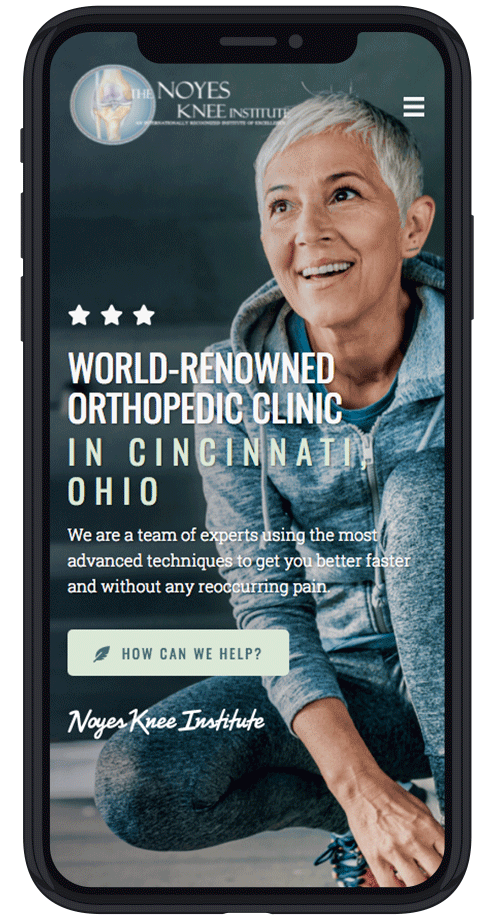Published On
Category
Your knee joint consists of the femur, patella, and tibia bones. Knees absorb significant stress daily. Unfortunately, since the knee joint is under so much constant stress, it is important that it stays safe and healthy. Therefore, you might have to visit a knee surgeon following an injury to ensure successful healing.
One of the most recurrent knee injuries is an ACL tear. An anterior cruciate ligament (ACL) tear refers to a knee injury characterized by symptoms like swelling and trouble standing. An ACL tear can either be partial or complete.
If you have a partial ACL tear, you might not see any symptoms at first. And while this sounds positive, the condition might worsen since you will most likely continue with everyday activities. This article explores some of the signs and symptoms to look out for, that may mean you have torn your ACL.
Hearing a Pop Sound
The moment your ACL tears, you might hear a popping sound. Often, the sound is so loud that those around you can hear it too. Usually, the pop sound is followed by an instant shift in your knee joint.
Knee Instability
Your knee joint is primarily held together by ligaments. Thus, every time your tear your ACL, the knee joint becomes unstable. The instability might make you feel like the knee joint is twisting or moving – even when doing basic activities like walking. The instability might even lead to a fall.
Swelling
There are several blood vessels surrounding your ACL. When you tear your ACL, the surrounding blood vessels rupture, and blood makes its way into the joint space. As a result, the joint swells and feels hot to touch. The skin around it might also turn red.
Additionally, the ruptured blood vessels cause pain. The severity of pain you experience will depend on the extent of the ACL tear. A complete ACL tear will cause intense pain.
Decreased Range of Motion
Since an ACL tear leads to swelling, it becomes challenging to move the knee joint properly. It might also become difficult to move the lower leg below the knee. Thus, you might have to use a walker, crutches, or a walking stick to move around.
Causes of an ACL Tear
The ACL is one of the two ligaments that cross in the middle of the knee. It connects the thighbone and the shinbone. In most cases, ACL tears happen during sporting activities that tend to put stress on the knee. You can tear your ACL if you:
- Stop suddenly
- Pivot with your foot firmly planted
- Slow down or change direction abruptly
- Land awkwardly from a jump
- Get a direct blow to the knee
Notably, some factors increase your risk of tearing your ACL. These include:
- Being female
- Wearing ill-fitting footwear
- Using poorly maintained sports equipment
- When to See a Knee Surgeon
The knee joint is a complex structure. So, it’s essential to visit a knee surgeon as soon as you notice any of the signs and symptoms we’ve mentioned above. That way, you can be sure to get an accurate diagnosis and proper treatment.
Dr. Noyes is regarded as one of the leading National and International ACL surgeons and has written many publications and textbooks on treatment. He is a board-certified orthopedic surgeon specializing in knee surgery and sports medicine. Contact us to find out more on Dr. Noyes and his specialties.

